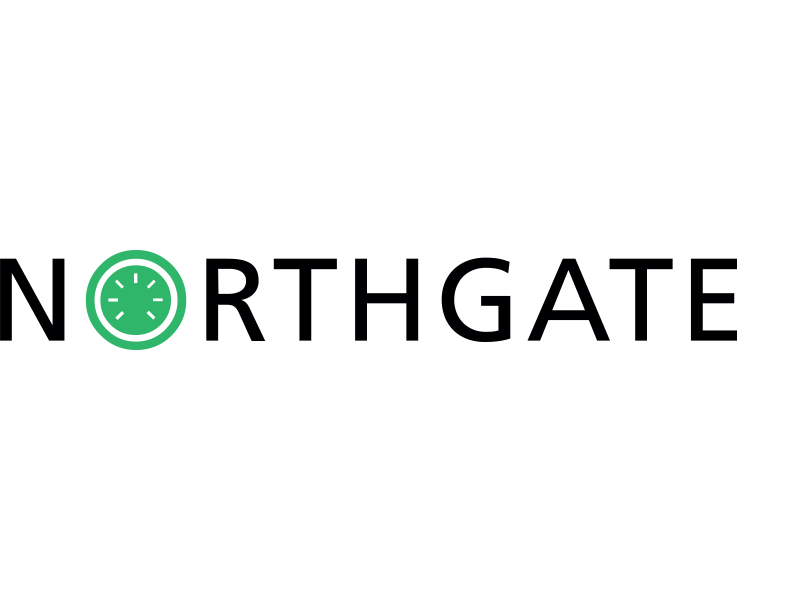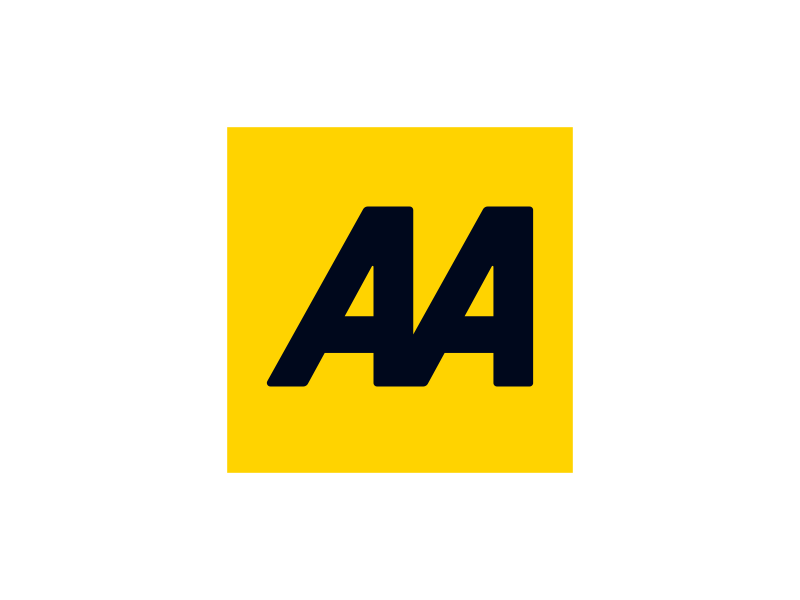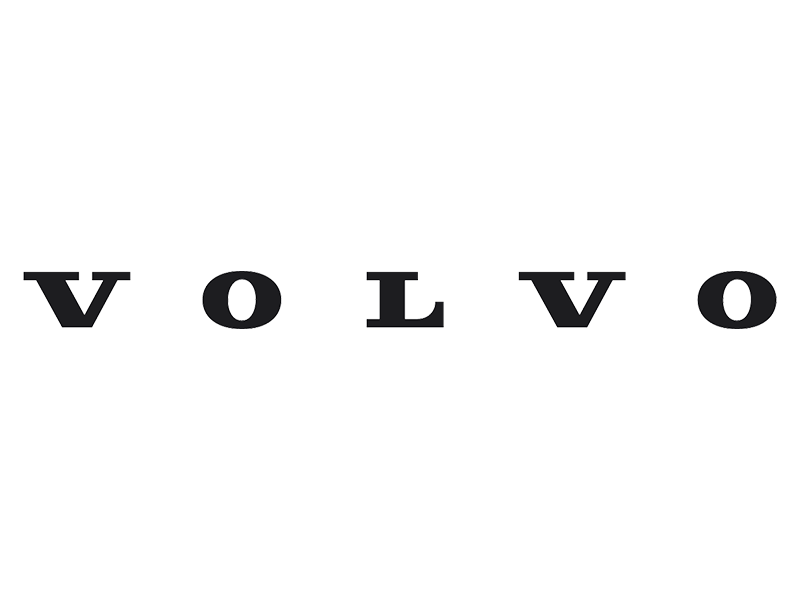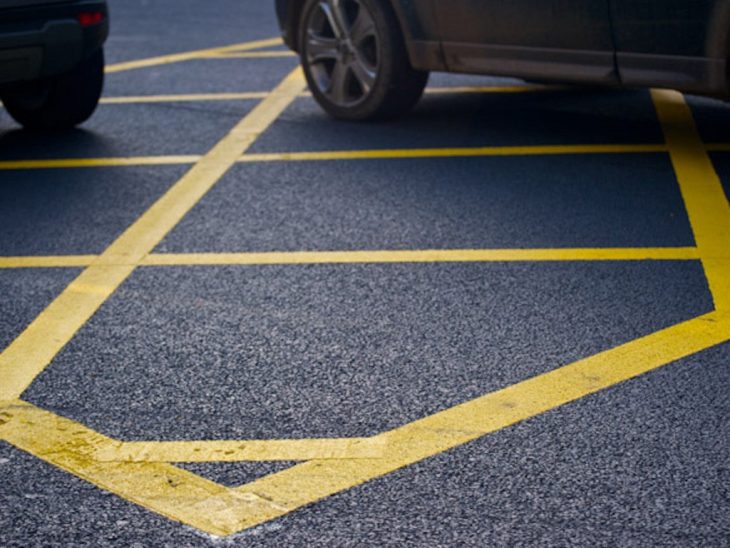Drivers are being hit by “countless unnecessary” fines as a result of oversized yellow box junctions, the RAC has warned.
Almost every yellow box junction of 100 analysed in London and Cardiff is bigger than it needs to be to prevent traffic congestion, according to a new study commissioned for the RAC – an event partner for the upcoming Great British Fleet Event.
And it’s reiterating the need for the Government to issue fresh guidance to councils, or risk thousands of claims from drivers for unnecessary penalty charge notices.
Sam Wright, the chartered engineer who runs the Yellow Box Guru website and was formerly responsible for the design and approval of yellow boxes on Transport for London’s roads, researched yellow box junctions in the English and Welsh capital cities.
His analysis of the top 100 yellow box junctions for fining drivers found that 98 were larger than necessary.
Moreover, the average box was 50% bigger than it needed to be to serve the primary purpose of having a yellow box in the first place – to prevent vehicles blocking the path of other crossing traffic.
More than half (53) meanwhile are not under traffic light control and could therefore easily be converted to ‘keep clear’ markings to serve the same purpose, without the risk of a driver being sent a penalty charge notice and ordered to pay a fine.
With more and more councils starting to enforce yellow box junctions, the RAC has said it’s absolutely vital that they are designed first and foremost with aiding traffic flow and that they don’t exist simply to raise revenue from drivers.
Historically, only local authorities in London and Cardiff – and elsewhere the police – have had the power to issue penalty charge notices for yellow box infringements. But new regulations from 1 June 2022 enable councils across England to apply for such powers.
Yet the RAC said current guidance on yellow box usage means there is inconsistent compliance among councils.
And it says that yellow boxes – or parts of them – that don’t prevent vehicles blocking the path of other crossing traffic serve no purpose, meaning there no justification for having them or fining drivers for stopping in them.
RAC spokesperson Rod Dennis said: “Unfortunately, any box that is bigger than needed – whether that’s due to an oversight on the council’s part or because it was painted on the road many years ago and hasn’t been reviewed – risks drivers being fined unnecessarily when their actions haven’t contributed to congestion.
“What’s more, if a driver can’t clearly see where a box ends but they know there’s a chance of getting fined if they stop in one, they’re more likely to hesitate – meaning traffic could start backing up, which is the polar opposite of what yellow boxes are intended to do.”
While drivers have successfully challenged fines from councils where boxes are too big, it’s not led to any changes in overall legislation on yellow box usage.
The RAC and Sam Wright are now calling on the Government to urgently refresh its advice to councils, to spell out precisely their purpose in terms of preventing the cross movement of other traffic, and to make it crystal clear where and how they should be used.
The RAC’s Rod Dennis commented: “We fear that unnecessary penalties are going to mushroom in the coming years as more councils start enforcing yellow boxes, unless a responsible approach to the design and enforcement of them is taken.
“That’s why we need the Government to urgently issue fresh guidance to local authorities – something we have been calling for for two years now.”
Sam Wright added: “The Government has stated that ‘poorly designed schemes can undermine enforcement overall and give rise to public perception of revenue raising.’ But it needs to go further and be crystal clear with local authorities about what is acceptable and what isn’t when it comes to the design of yellow box junctions. The current official design guidance is woefully inadequate and needs to be updated.”











































